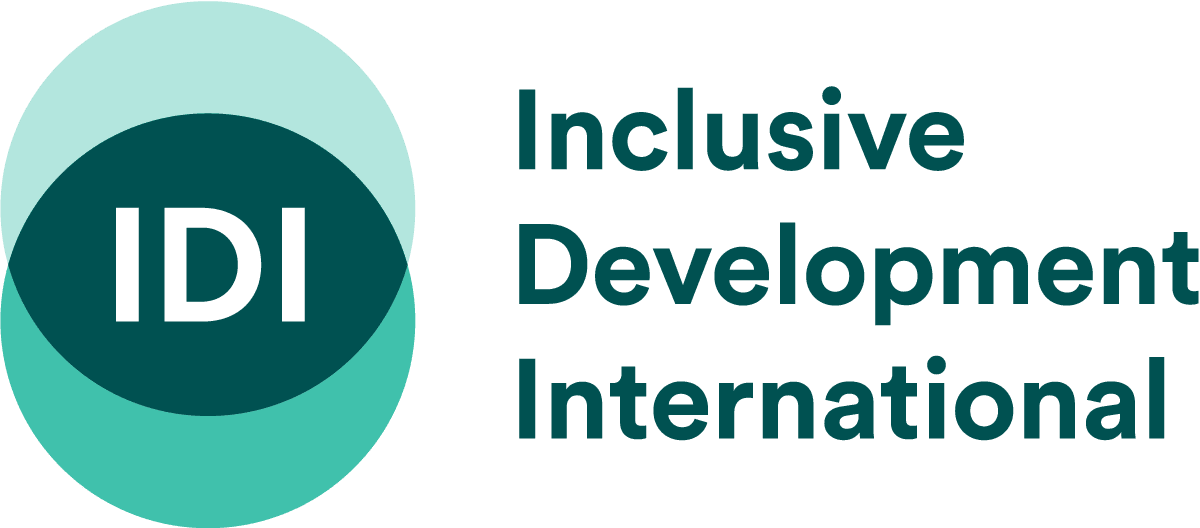The Belt and Road Initiative
Before getting into the details of the various documents relating to Chinese overseas investment, it is useful to look at what environmental and social commitments the Chinese government has made with respect to the Belt and Road Initiative.
The Belt and Road Initiative was first announced in 2013 and its top-level vision was set out in 2015 by the National Development and Reform Commission, Ministry of Commerce and Ministry of Foreign Affairs. Various documents have since been issued that cover issues such as finance, agriculture, energy and building the “Green Belt and Road,” among others. Several of these documents refer to the need for environmental protection, sustainable development and ensuring mutual benefits in Belt and Road cooperation.
It is important to remember that the Belt and Road Initiative is a broad vision and framework, rather than a distinct type of investment. There is no formal list of Belt and Road projects and many projects predating the initiative have been labeled as “Belt and Road projects” retrospectively. The general policies governing Chinese overseas investment discussed elsewhere in this guide also cover the so-called “Belt and Road projects.” You can draw on these guidelines in your advocacy as well as referencing the Belt and Road guiding documents discussed here.
Like other policies governing Chinese overseas investment, Belt and Road guiding documents are not binding and contain no accountability mechanisms. However, they are issued by high-level state institutions and are an important part of China’s narrative that it is actively seeking to improve the “quality” of investment within the Belt and Road. As China seeks to enhance the reputation of the Belt and Road Initiative, an important task is to reassure host countries and international observers that it is being implemented in a way that is responsible, environmentally sustainable and respectful of local populations.
Most recently, the National Development and Reform Commission and three other ministries issued Opinions on Jointly Promoting Green Development of the Belt and Road (NDRC [2022] #408). The opinions acknowledge that there are risks associated with Belt and Road projects, and pledge to attach high importance to local people’s demands for green development and environmental protection. In addition to promoting cooperation in areas including “green” infrastructure, energy, transport, industry and finance, they state the government will guide enterprises to follow best practice for infrastructure projects. An important provision in the opinions is that in addition to guiding businesses to strictly comply with local laws and regulations, the government encourages them to implement environmental protection measures in line with international best practice or higher Chinese standards. The policy also reiterates President Xi Jinping’s pledge that China will not build new coal-fired power projects, giving its implementation an administrative base.
The 2022 opinions are significant in that they are the most detailed document released so far by the National Development and Reform Commission regarding environmental protection and climate change in relation to overseas investment. As the Commission is China’s top state planning body and hosts the operation office of the Leading Group for Promoting the Belt and Road Initiative, this document will provide important direction to other state actors that play a role in monitoring and regulating actors responsible for implementing overseas projects.
Practical Advice
If you believe that a project is not being developed in line with these commitments, you can draw on this high-level rhetoric and use the language of the Belt and Road guiding documents in your communications with Chinese companies, banks and state institutions, and in your public communications, and push for Chinese state bodies to make good on their commitment to ensure that Chinese actors are meeting their obligations to build the Green Belt and Road.
The standards covered elsewhere in this guide apply to specific aspects of Chinese overseas projects. If you believe a project is not in line with these standards, you can point to specific provisions that you believe are not being followed and also call for these more high-level Belt and Road commitments to be upheld.
